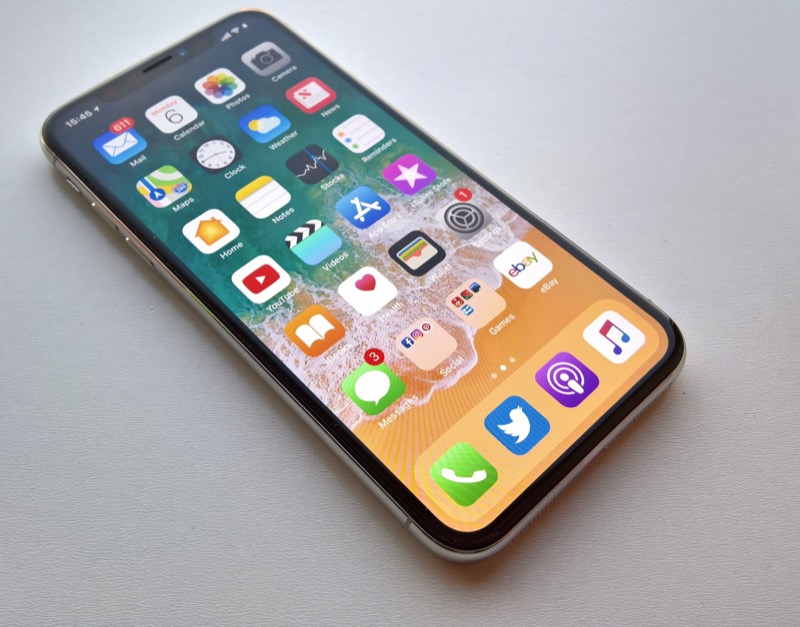 2146
2146
 2018-02-06
2018-02-06

The OLED display on the iPhone X with its minimal bezels is one of the key highlights of the device. While Android OEMs made the switch to OLED display panels years ago, Apple has taken its own time in making the switch. And in typical Apple style, the company ensured that the OLED panel on the iPhone X was the best in the market. However, iPhone X’s OLED display has also turned out to be a source of a headache for many.
The iPhone X OLED’s display makes use of Pulse Width Modulation (PWM) which means that it flickers at varying frequencies. This is not an issue since the flickering is indiscernible to the human eye. However, this small change is giving many iPhone X users a headache and a throbbing pain behind their eyes who are sensitive to such flickering.
Below is a video showing the OLED display Pulse Width Modulation flickering in action:
The iPhone 8 and older iPhones are not affected by this issue since they make use of an LCD display that does not make use of PWM.
Given that PWM is an important underlying technology for OLED panels, there’s not much that Apple can do here. The issue is also unlikely to be fixed in the 2018 iPhones that will utilize OLED panels. In fact, every other Android device that uses an OLED panel suffers from the same issue. This issue also shows the implications of Apple switching over to OLED displays completely for its iPhone lineup. While that may happen eventually, for now, it is clear that Apple will launch at least one iPhone model in 2018 with an LCD display. So, users who are sensitive to PWM can rest easy knowing they can still upgrade to a new iPhone that Apple launches later this year.
Source: iPhonehacks from Reddit